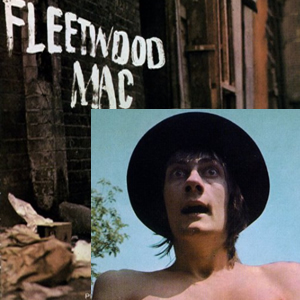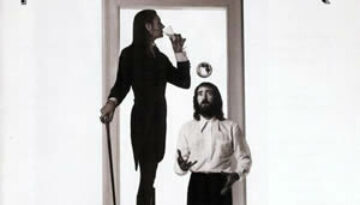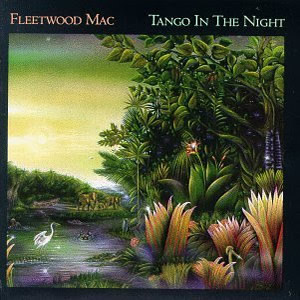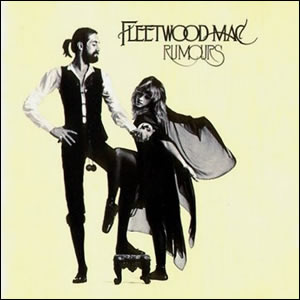Fleetwood Mac 1968 Albums
Buy Fleetwood Mac Buy Mr. Wonderful The long and multi-faceted recording career of Fleetwood Mac got started in 1968 when the group was producing pure blues music and led by guitarist and vocalist […]

Buy Fleetwood Mac Buy Mr. Wonderful The long and multi-faceted recording career of Fleetwood Mac got started in 1968 when the group was producing pure blues music and led by guitarist and vocalist […]

Buy Fleetwood Mac After eight years, nine albums, several lineup shifts, and many musical reinventions, the lineup and sound that would bring Fleetwood Mac to the top of the pop world finally fell into place […]

Tango In the Night is the fifth and final studio album by successful quintet that brought sustained stardom for Fleetwood Mac. Like their previous four albums, it found popular success driven by the […]

Buy Rumours It took the band Fleetwood Mac ten albums and many lineup shifts to achieve mainstream commercial success, but the group got there with their 1975 eponymous release. This was the first […]